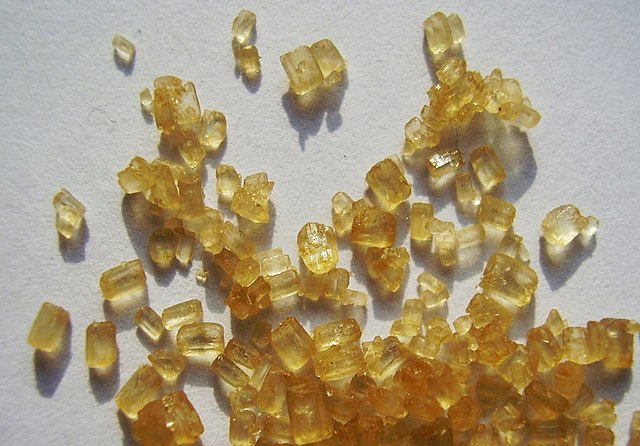Pakistan has set ex-mill sugar prices at 165 rupees ($0.58)/kg, amid tiff with the International Monetary Fund (IMF) over import subsidy.
The IMF rejects the 55-rupee ($0.19)-per-kg import subsidy proposal for foreign sugar procurements at 249 rupees ($0.87)/kg.
According to the international body, slashing the import rate benefits only large industrial sugar consumers but not households.
Regarding which, families in mainly Islamabad are currently courting retail prices in the 190-200-rupee $0.66-0.70)/kg range.
Despite the specification of ex-mill prices on June 15, 2025 by the Pakistan Sugar Mills Association (PSMA) and the government, retail rates remain uncertain.
Speculators now project the official retail rates to remain elevated above 170 rupees ($0.59)/kg, based on the ex-mill cap.
In normal times, local retail prices usually oscillate between 150 and 180 rupees ($0.52-0.63) per kg. Conversely, ex-mill prices start at 140 rupees (0.49)/kg, as of the 2023-24 marketing year.
Reevaluate?
Cane scarcity from a poor harvest has motivated the governmental proposal to import 500,000 tonnes of sugar at the subsidy rate.
With the IMF rejection, however, the state is reevaluating its decision, even as the PSMA offers 530,000 tonnes from home sources.
Like the monetary fund, the PSMA in turn begrudges a sales levy of 25 rupees ($0.087)/kg for domestic sugar.
The matter hangs on a hatching $7-billion loan deal between the IMF and Pakistan that sugar could determine. For more on the expensive sugar situation in the south Asia nation just when worldwide prices are down, skim the following data.
Pakistan Sugar Subsidy Statistics
Pakistan boasts sugar production and consumption global rankings of no.7 and 8 respectively, as of 2020. The country sometimes exports excess sugar, which brings around $2.3 billion a year. However, since 2018, subsidies have come to affect both retail rates and exports. While in 2018 retail sugar cost just 55 rupees ($0.20)/kg, by July 2025 it was verging on 200 rupees ($0.70)/kg. Many link a 2018 export subsidy that allowed exports at a rate of 5.35 rupees/kg to home shortages and price surges.
Another sore matter is the import subsidy. Despite lowering import prices by 55 rupees ($0.19)/kg, to 155 rupees/kg in July 2025, the subsidy mightn’t cut retail prices. To encourage imports, the state planned to cut sales tax of all sugar to 0.25%. To do this, Pakistan would need to spend over $280 billion in extra sugar import costs in the 2025-26 season.
How does Pakistan offer sugar subsidies?
Pakistan pays subsidies onto producers’ rates or import rates, which means consumers pay less at the groceries. For example,2025’s Ramadhan subsidy helped lower the retail rate by 20 rupees ($0.07) a kg. This brought the final consumer price to 130 rupees ($0.43)/kg. The import subsidy, on the other hand, settles a part of the rates for importers. In mid-July 2025, for example, the government was contemplating providing a subsidy to reduce the then import price of 249 rupees ($0.87)/kg.
